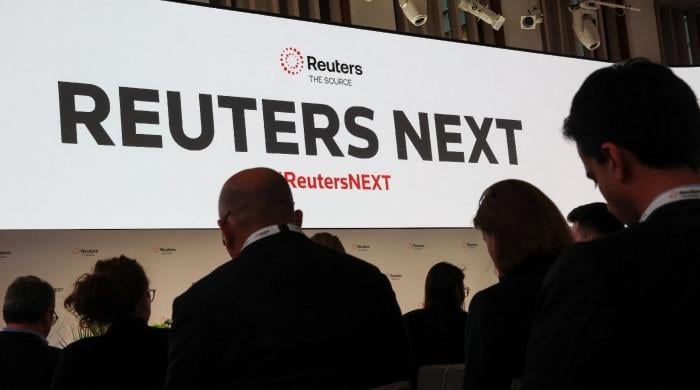'No service interruption': PTCL denies internet disruption due to submarine cable fault
Fiber-optic cable connecting Singapore to Pakistan and Europe "not part of PTCL's network infrastructure"
April 27, 2024

- "PTCL's traffic isn't affected," company says amid disruption.
- Cable not part of PTCL's network infrastructure, PTCL adds.
- SEA-ME-WE 5 underwater cable was cut near Indonesia.
ISLAMABAD: Pakistan Telecommunication Company Limited (PTCL) Saturday denied disruption in internet traffic after the underwater fiber-optic cable — South East Asia–Middle East–Western Europe 5 — connecting Singapore to Pakistan and Europe was cut.
"PTCL's traffic is not affected due to submarine cable cut," the PTCL spokesperson told Geo News.
According to the telecommunication company, internet traffic in Pakistan was normal and remained unaffected following the cut because the cable is not part of PTCL's network infrastructure.
The spokesperson added that PTCL's network is functioning optimally with "no service interruption".
However, sources from the telecom sector told Geo News that they have noted packet drops as well as slow browsing and streaming since Monday (April 22).
The issue, as per the sources, has been linked to the underwater South East Asia–Middle East–Western Europe 5 cable, also known as SEA-ME-WE 5, was cut near Indonesia.

They added that five cuts on the fiber-optic submarine cable were noted and it will take some time for it to recover.
"Internet service coming from the eastern direction affected due to cut of optic fiber cable. PTCL eastbound traffic is affected," the sources told Geo News.
They added that Pakistani users will face severe difficulties in browsing internet during evening hours.
"The traffic coming from the east direction is less than 10%," the sources maintained, adding that the internet traffic coming from the eastern direction has been shifted to alternate channels.









